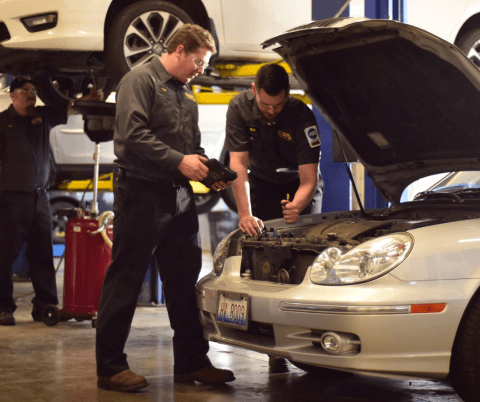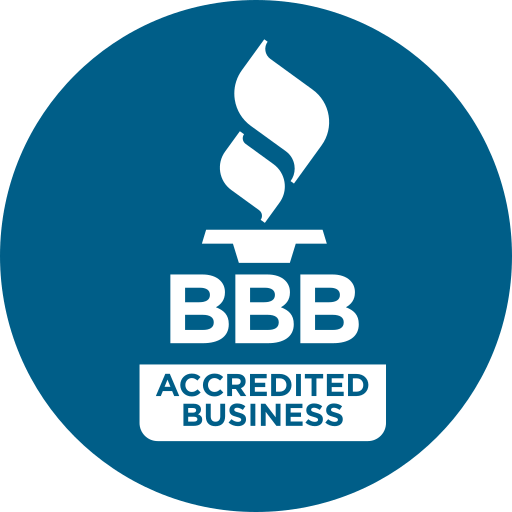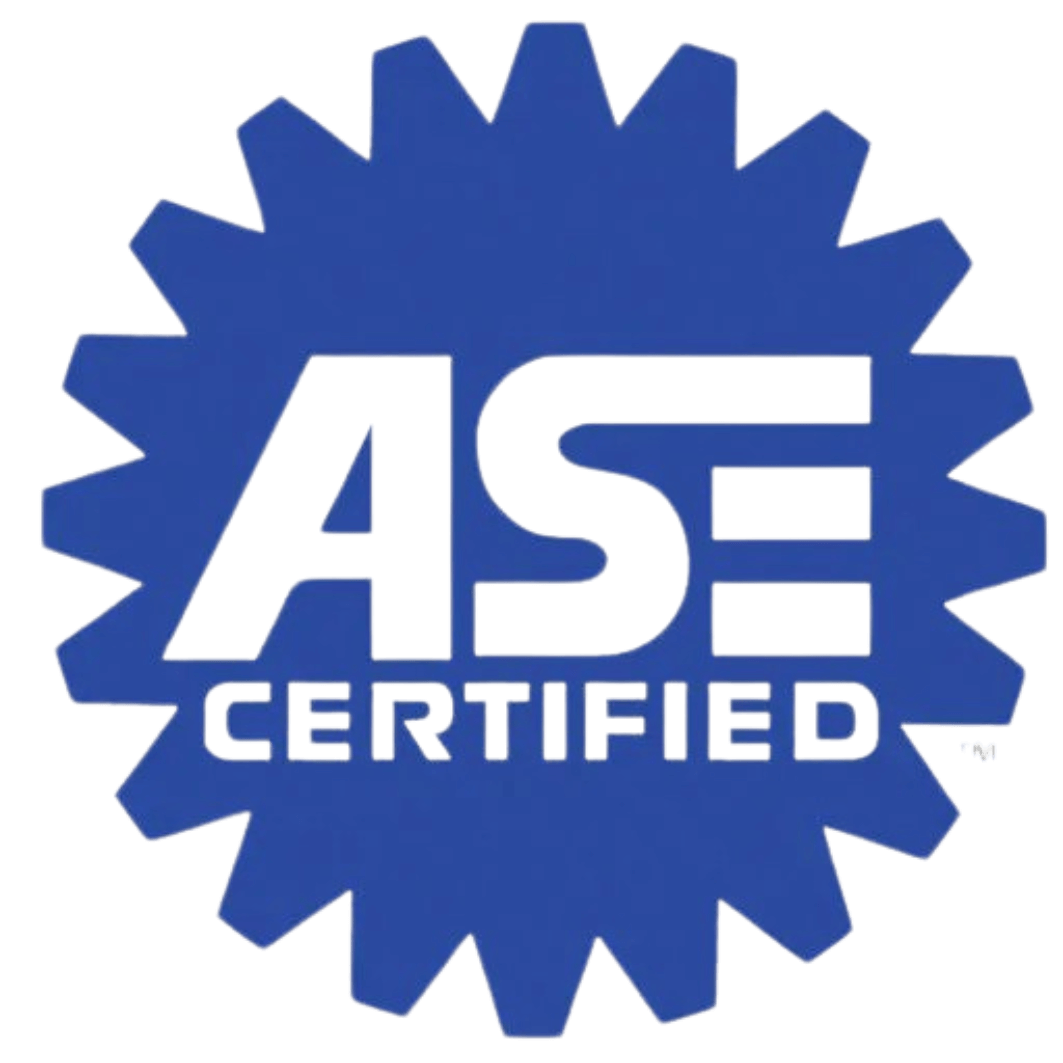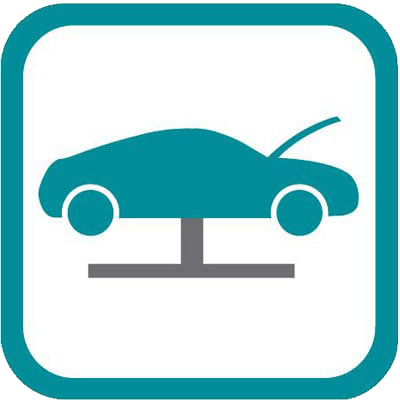Are Your Tires Ready For Winter?
With the winter season upon us, it is inevitable we will soon be dealing with colder temperatures, snow, and ice. Properly maintained tires are vital…
How to Maximize Fuel Economy
Improving fuel economy is a matter of changing your driving habits. The benefits range from environmental to personal and financial. Here are some easy and effective tips…
Avoid Getting Stranded!
Avoid Getting Stranded: Your Roadside Safety Guide Know what to do when your car won’t start or breaks down, so you can stay safe and get back on the road. Test Your Battery Before It Quits Don’t wait for a “click” on a cold morning. Get a free battery and charging system test at Car-X […]
Find an Automotive Brake Specialist in Your Area
Most brake specialists recommend biannual brake inspections. Why so often? Because brakes experience a lot of wear. No one ever said stopping a moving vehicle…
“Rattle Rattle Thunder Clatter” – Sounds Your Car Is Making and What to Do About Them
Most of us have experienced a curious sound coming from our vehicle. It is always a little nerve-racking, as some sounds can be indicators…
Extend the Life of your Used Vehicle

5 Essential Ways to Extend the Life of Your Vehicle Proactive care is the secret to reaching 200,000 miles and beyond. Here’s how to do it. Ready for the 200K Mile Club? Let our ASE-certified technicians perform a comprehensive vehicle health check to ensure your car stays on the road for years to come. Find […]
Car Engine Maintenance Tips
Tips for Car Engine Maintenance The engine is the heart of your vehicle. Keep it beating strong with these essential care tips. Don’t Ignore the Basics A car engine is a complex machine made of hundreds of high-temperature moving parts. While modern engines are built to be tough, they still require regular attention to perform […]
How to Change a Tire
It is likely at some point in your life you will get a flat tire. Do you know what to do without having to…
Why Are Oil Changes Important?
Why Are Oil Changes Important? The single most critical maintenance task for protecting your engine’s longevity. The Lifeblood of Your Vehicle It’s easy to delay an oil change when life gets busy, but motor oil is arguably the most essential fluid in your vehicle. It serves three primary functions that keep your engine running smoothly: […]
What To Do If Your “Check Engine” Light Turns On
Check Engine Light: What Is Your Car Trying to Tell You? That little orange light is more than just an annoyance—it’s a critical communication from your vehicle’s computer. Find Out What’s Wrong Today Don’t play the guessing game. Get a professional diagnostic at Car-X to pinpoint exactly why your light is on. Find a Location […]


